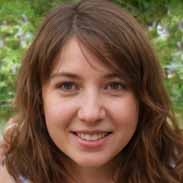Structure Of An Atom Flashcards, test questions and answers
Discover flashcards, test exam answers, and assignments to help you learn more about Structure Of An Atom and other subjects. Don’t miss the chance to use them for more effective college education. Use our database of questions and answers on Structure Of An Atom and get quick solutions for your test.
What is Structure Of An Atom?
An atom is made up of three main parts: protons, neutrons, and electrons. Protons and neutrons are found in the nucleus at the center of an atom which is held together by a strong nuclear force. Electrons orbit around the nucleus in specific energy levels or shells. The number of protons an atom has determines its identity as each element on the periodic table has a unique atomic number that corresponds with the amount of protons it contains. The number of neutrons can vary from one atom to another, so atoms with different numbers have different mass numbers (which is indicated on the periodic table). The electrons can exist in various configurations where they occupy available energy levels or orbitals around the nucleus. These orbital configurations determine how atoms bond with other atoms to form molecules and other compounds. Atoms also interact with electromagnetic radiation via photons which cause electrons to move from one energy level to another depending on their frequency and intensity. This can lead to exciting phenomena such as fluorescence, phosphorescence and chemiluminescence – all of which are incredibly important for life as we know it.








